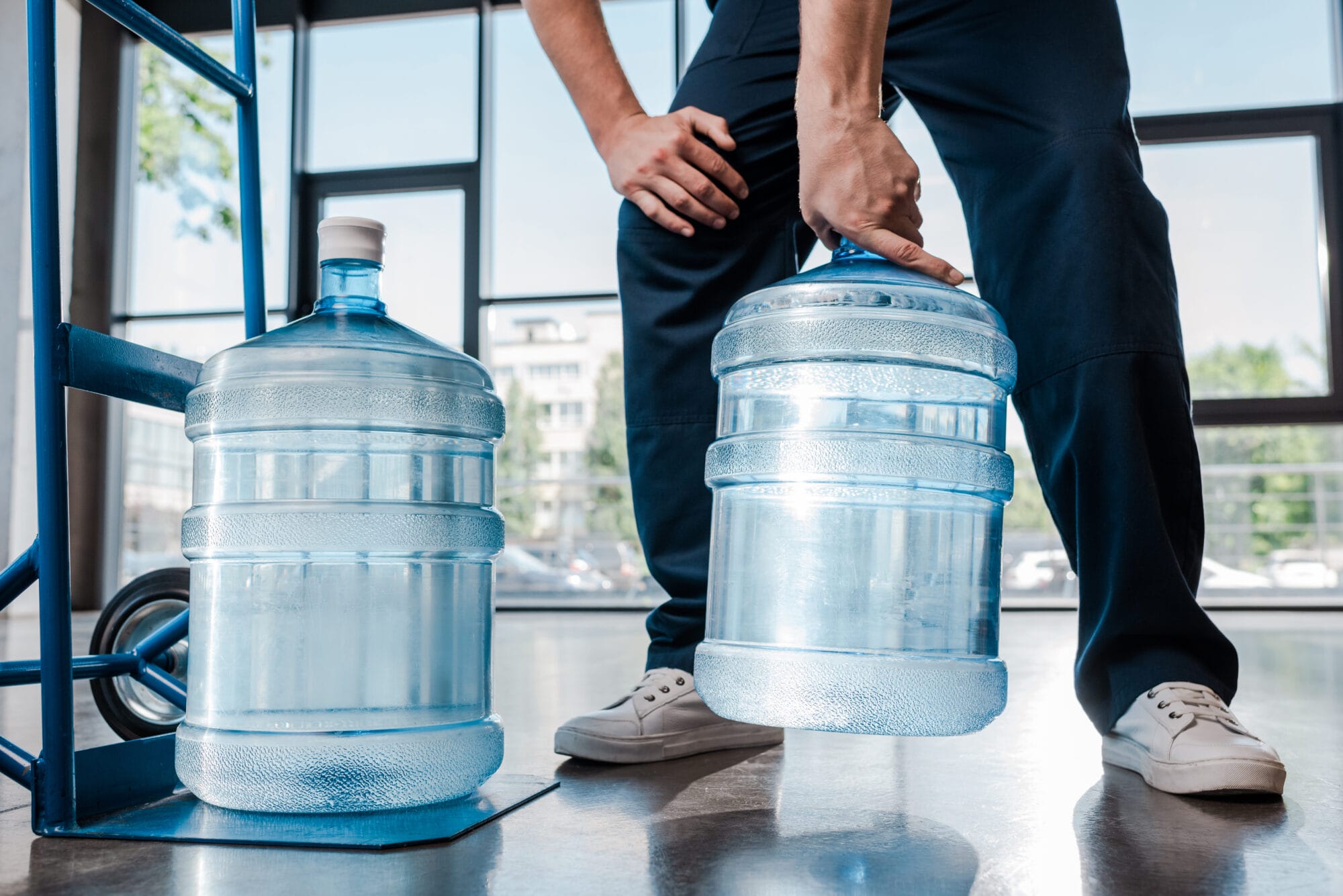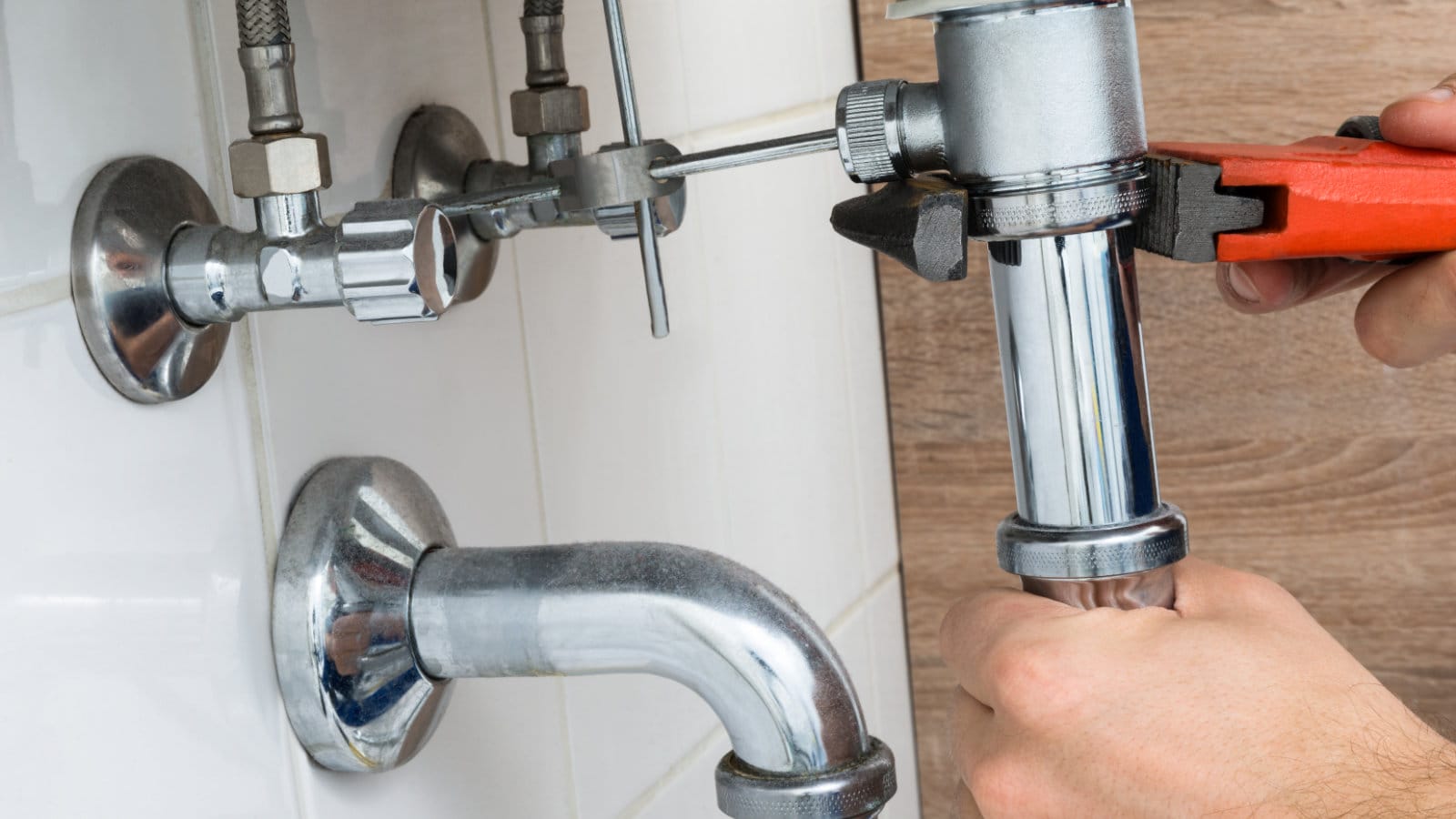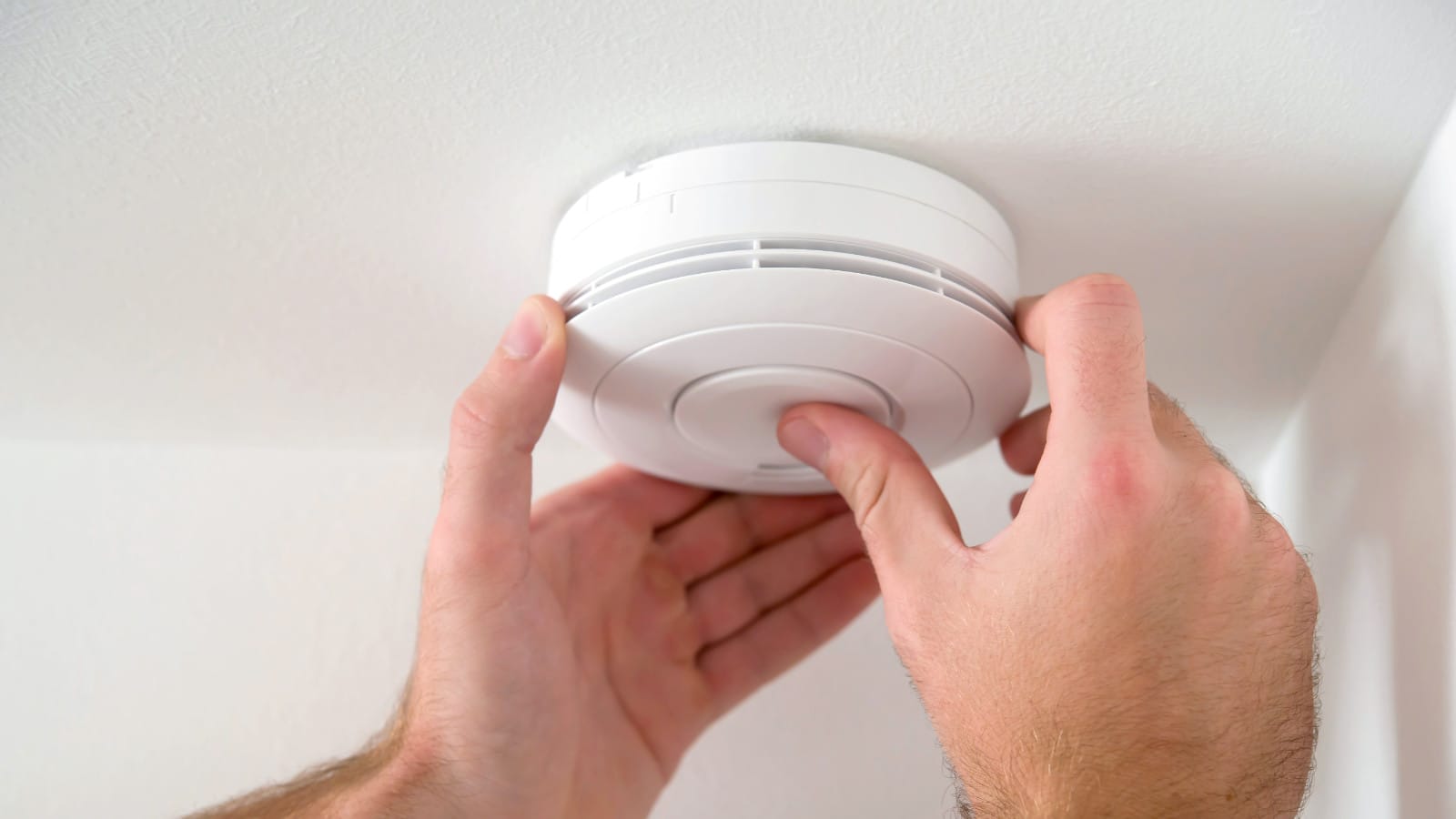The scent of danger: teaching kids to recognize gas leaks.
Did you know? Every year, numerous accidents related to natural gas occur in homes, many of which could be prevented with proper safety education. As parents, it’s our duty to arm our children with the knowledge they need to stay safe. In this article, we’ll dive into the essential tips every child should know about gas safety.
Recognizing the Smell of Natural Gas
How a rotten egg smell can be a lifesaver.
Natural gas in its pure form is odorless, but a distinct scent, similar to rotten eggs, is added to it for detection. Teaching your children to recognize this smell is crucial. If they detect this odor, they must leave the area immediately and inform an adult. It’s vital for them to understand that this smell is a warning sign of a potential gas leak.
Detecting Gas Leaks and Their Signs
Listening and observing: the key to early detection.
Apart from the smell, other signs can indicate a gas leak. Teach your children to be aware of hissing or whistling sounds near appliances or pipelines, dead plants, foggy areas, and bubbles in water puddles. These are warning signs that should not be ignored. Early detection by a child could prevent a disaster.
Safety Measures with Gas Appliances
Simple rules for big impacts.
Gas appliances are an integral part of our homes but can be dangerous if not handled properly. Children should be taught never to play with or touch gas appliances. They should also be instructed not to turn on or off any gas appliances and to avoid placing flammable items near them. If they notice anything unusual, such as a damaged appliance, they should inform an adult immediately.
Emergency Preparedness and Response
Being prepared can save lives.
In the case of a gas-related emergency, knowing what to do is vital. Teach your children to locate and shut off the gas supply valve if needed and emphasize the importance of evacuating the premises immediately. They should also know emergency contact numbers and how to reach them.
Installing and Understanding Carbon Monoxide Detectors
Silent but deadly: the threat of carbon monoxide.
Carbon monoxide is a colorless, odorless gas that can be lethal. It is essential to install carbon monoxide alarms on each floor of your home and teach your children what to do when an alarm goes off – evacuate immediately and open doors and windows.
Creating a Safe Kitchen Environment
The heart of the home, and a place for caution.
The kitchen can be a fascinating place for children, but it is also where many gas safety hazards exist. Keep kitchen doors closed when not in use, and use child-proof devices on stove knobs. Always turn on the vent while cooking to ensure proper ventilation.
Regular Gas Safety Checks
Maintenance: the key to prevention.
Regular inspections by a Gas Safe registered engineer are crucial. These checks ensure that your appliances are safe and functioning correctly. Make sure your children know that playing near gas meters is off-limits.
Spreading Awareness among Children
Little ambassadors of safety.
Children can play a significant role in spreading awareness about gas safety. Encourage them to share what they’ve learned with friends and family. Their knowledge can be a valuable tool in preventing accidents and promoting a safe environment.
For a fun way to reinforce this message, check out the American Gas Association’s informative video on Kids and Natural Gas Safety here. It’s a great resource for both children and adults to understand gas safety in a fun and engaging way.
Educating your children about gas safety is a crucial step in ensuring their well-being. By following these simple yet effective tips, you can create a safer home environment and empower your children to be cautious and responsible. Remember, a little knowledge can go a long way in preventing accidents and keeping your family safe.





